Here comes the sun
Stock up on suncream, grab your passport and fast-forward to summer. Imogen Lepere has nine of the season’s hottest destinations to suit anyone, from history buffs to beach bums
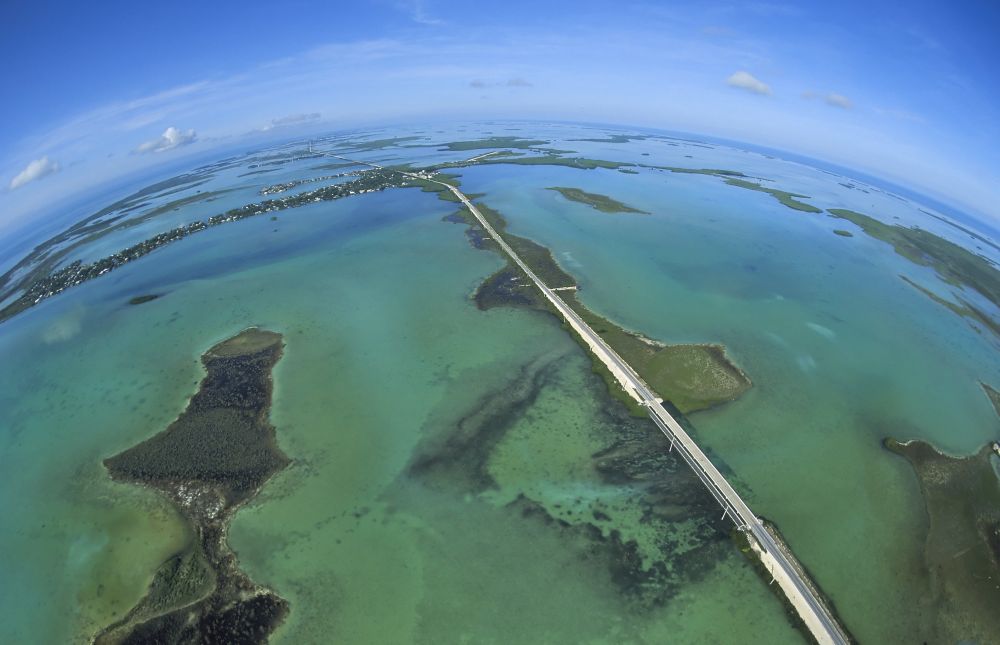
Stock up on suncream, grab your passport and fast-forward to summer. Imogen Lepere has nine of the season’s hottest destinations to suit anyone, from history buffs to beach bums
Looming above the ruins of baroque mansions and high-rise tower blocks, the pyramids of Giza are a physical link to 4,000 years of history. Stroll around the Great Pyramid, marvelling at the skill of the workers who heaved over two million limestone blocks 147 metres in the air without machinery, and try and solve the riddle of the inscrutable sphinx who guards the entrance. Back in the centre of town, pick up a fragrant street-food lunch at Fasahet Somaya before diving into the perfumed air of Khan al Khalili, the city’s most famous souk. When you consider that the value of the Egyptian pound has been steadily falling since early 2015 (£1 is currently worth 25EGP, compared to 12EGP three years ago), you’ll struggle to find better-value rays at this time of year. Explore the city’s 1,000-year history in the medieval quarter, an atmospheric warren of narrow passages extending from the old gate of Bab Zowaylah in the south to Bab al Futuh in the north. To get a true sense of modern Cairo, make time for an afternoon in Zamalek. This cool, cosmopolitan area is home to independent galleries and quirky cafés such as Sequoia. The Al Sawy Culture Wheel is on the site of some former wasteland under the 15th of May Bridge. Expect an eclectic rota of performance art, from fascinating shadow puppetry to local hip-hop acts. Nearby, in the Garden City district on the east bank of the Nile, the Kempinski Nile Hotel is an easy stroll from the Egyptian Museum and the Cairo Opera House.
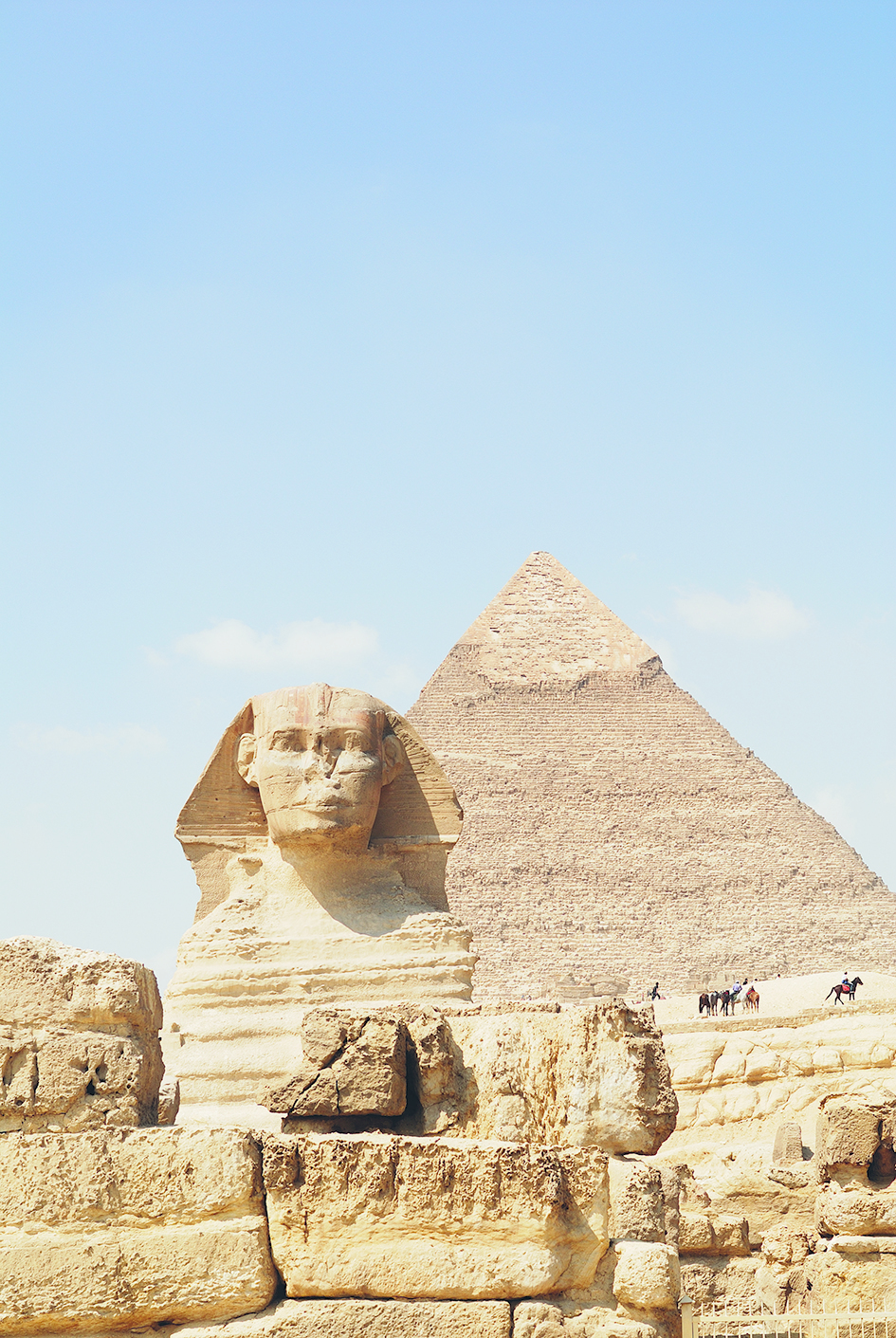
Doubles from £84.
Average highs of 32C.
12 daily sunshine hours.
Flight time
from the UK is just under 5 hours.
The ferocious, dusty Al Hajar mountain range may not sound like a promising place for a holiday, but it holds a lush secret at its core. The Jebel Akhdar area extends for 300km and, because it is far higher than its neighbours, it catches enough rain to nurture rolling pomegranate and peach orchards. Visit the ancient villages of Al Aqr, Al Ayn and Ash Shirayjah to see the ‘falaj’ irrigation system in action, which has been used on these precipitous terraced farms since 2500BC. Jebel Shams (Mountain of the Sun) is the highest point in eastern Arabia and a hike to the summit will be rewarded with dizzying views. In May the damask roses are in bloom, so you can tour rosewater distilleries and soak up the sun from their fragranced terraces, as well as learning about how locals use this time-honoured ingredient in their cooking. A bastion of conservatism, the remote town of Nizwa hosts a fascinating livestock auction every Friday, while to the north is Jabreen, a sandcastle-esque fort with some of the most elaborate ceiling paintings in the country. Anantara Al Jabal Al Akhdar Resort is built on the Saiq Plateau, a limestone massif 2,000 metres above sea level.
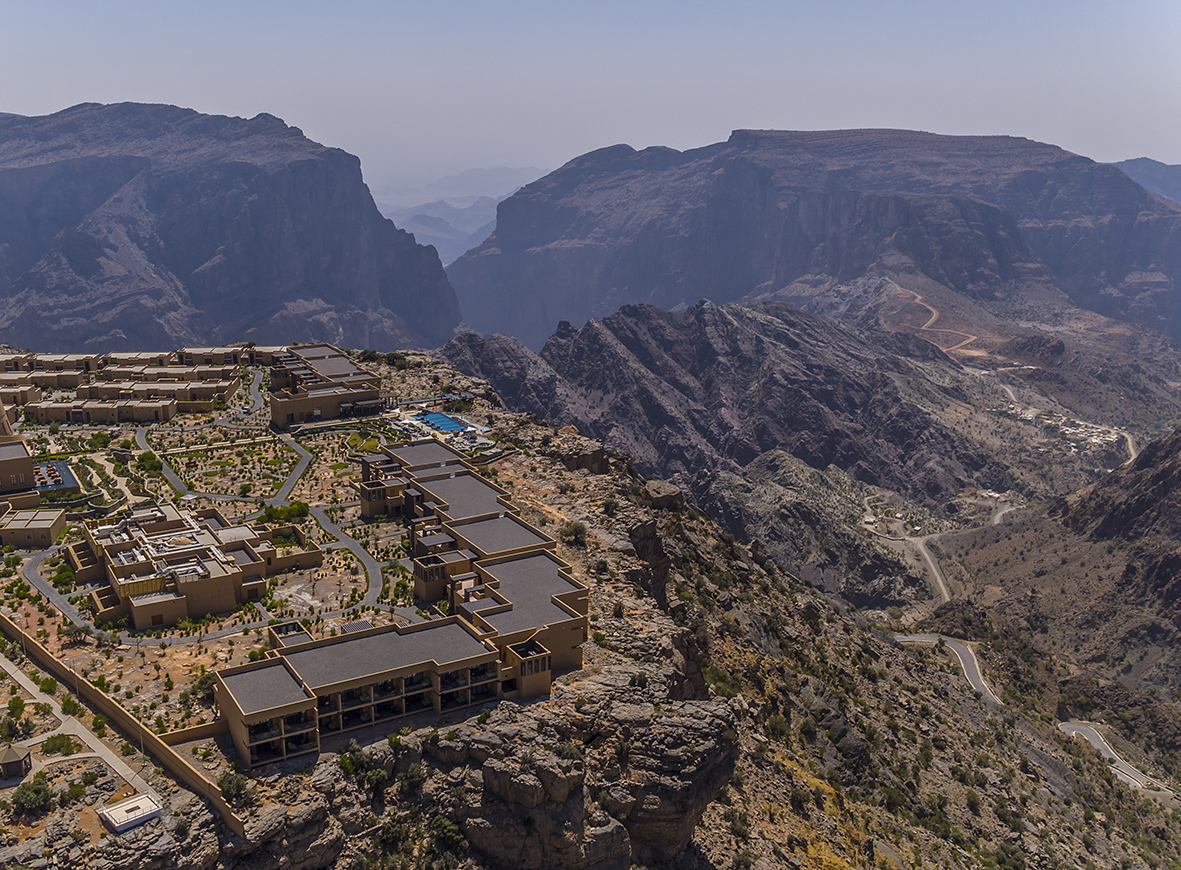
Doubles from £261.
Average highs of 28C.
13 daily sunshine hours.
Flight time from the UK to Muscat
is 7.5 hours, plus a 2-hour drive.
A clutch of colourful coral islands poised amid the cornflower blue waters off the south coast of Florida, it’s fair to say that the Florida Keys have a far more leisurely pace of life than the rest of the USA. Once home to Tennessee Williams and Ernest Hemingway, Key West has several good beaches and a relaxed, hippie vibe, while the Islamorada islets are studded with excellent seafood restaurants. However, Key Largo, which is so laid-back it’s practically horizontal, is our pick for its excellent diving. It may be the largest island in the group, but almost all of the attractions lie on or around the water. Kayak through Everglades National Park to spot alligators menacing in the mangrove swamps or charter a boat and skim the waves in search of mahi-mahi, tuna and marlin, all of which use the waters off the island as a migration corridor. Key Largo also boasts the highest concentration of dive sites in the archipelago and the only coral reefs in the country. The wrecks of the Duane, Bibb and Eagle ships have been colonised by sea turtles, while the corals of the John Pennekamp Coral Reef State Park are home to clouds of exotic fish. If you can drag yourself away, exploring is a breeze thanks to Route One, which links all the keys and offers iconic views, too. Soak up the sun from a hammock on Playa Largo Resort’s private beach, frozen peach cocktail in hand.
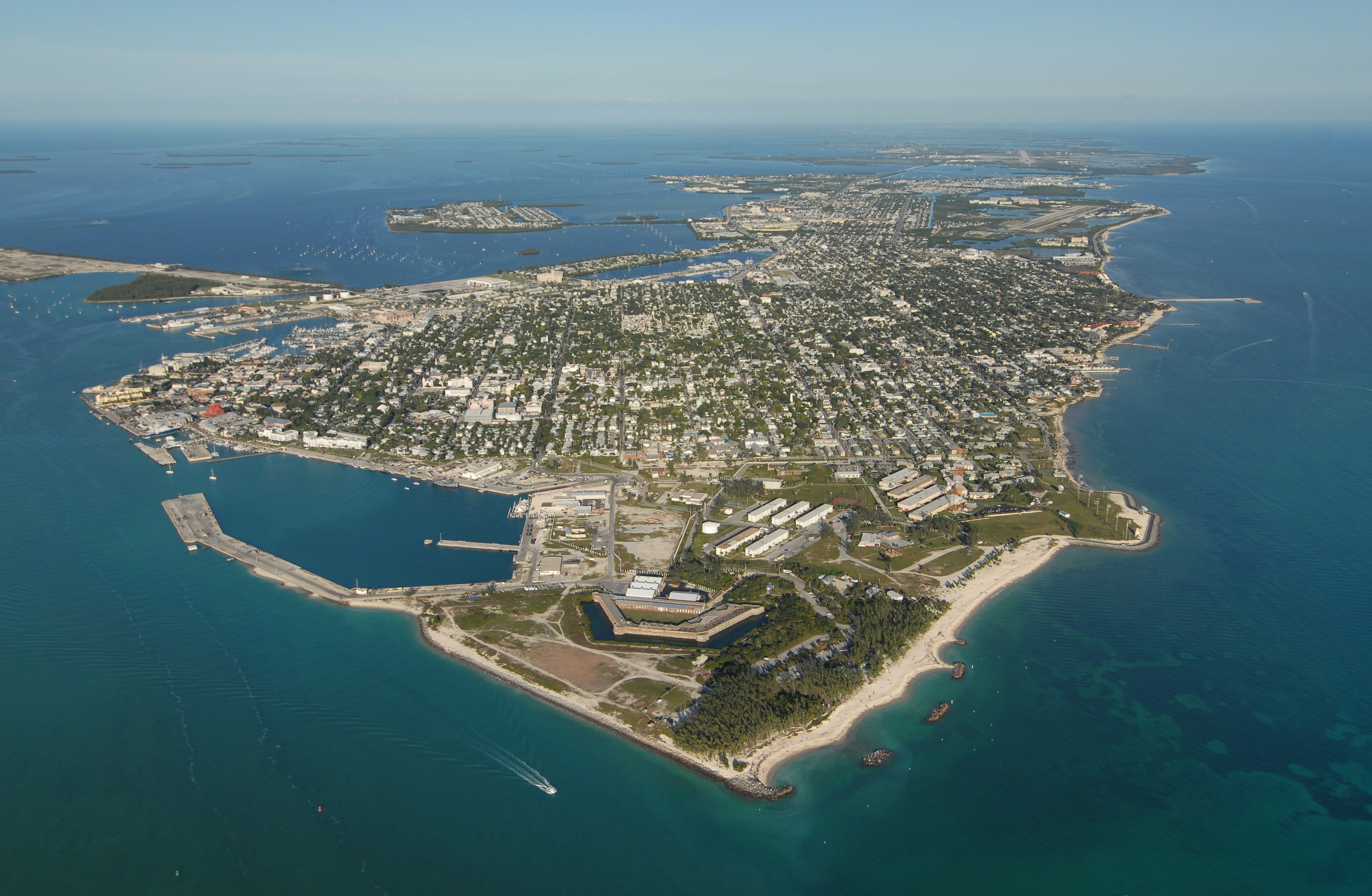
Doubles from £184.
Average highs of 29C.
10
daily sunshine hours.
Flight time from the UK to Miami is 9.5 hours, plus a 1.5-hour drive to Key Largo.
Also known as Acre, this walled fishing town may be just an
hour and a half from the blonde beaches and cosmopolitan
cocktail bars of Tel Aviv, but it feels like another world.
Its bastion walls, smoothed by sea breezes, conceal an
atmospheric web of lanes which provide an authentic
glimpse of the Israel that most tourists miss. Visit Ahmed al
Jazzar Mosque, a curvaceous example of Turkish rococo
architecture, before heading for the 18th-century citadel,
which conceals below it vaulted halls in which crusader
armies plotted their next move. Fill your basket with fresh
halva, knafeh (cheese pastry in sugar syrup) and other baked
delicacies at the Old City Market before making your way to
the Turkish Bazaar on Weizmann Street. Built in the 1700s,
this covered market is now a whimsical mass of galleries and
boutiques selling locally woven fabrics, as well as bars where
you can join the locals in sipping limona (zingy lemon juice
and fresh mint clinking with ice) and puffing on long hookah
pipes. Visit the Bahá’í World Centre before noon on Fridays,
Saturdays and Sundays to see the founder of the Bahá’í faith,
Bahá’u’lláh’s, gold-plated shrine, which is surrounded by
cascading hanging gardens, then explore the serene outer
gardens which surround it. In the heart of the old town with
views over the dazzling Mediterranean, Efendi Hotel is a
sophisticated boutique option with 13 stylish bedrooms.
Food is an integral part of the hotel’s appeal because it is
co-owned by celebrated chef Uri Jeremias.
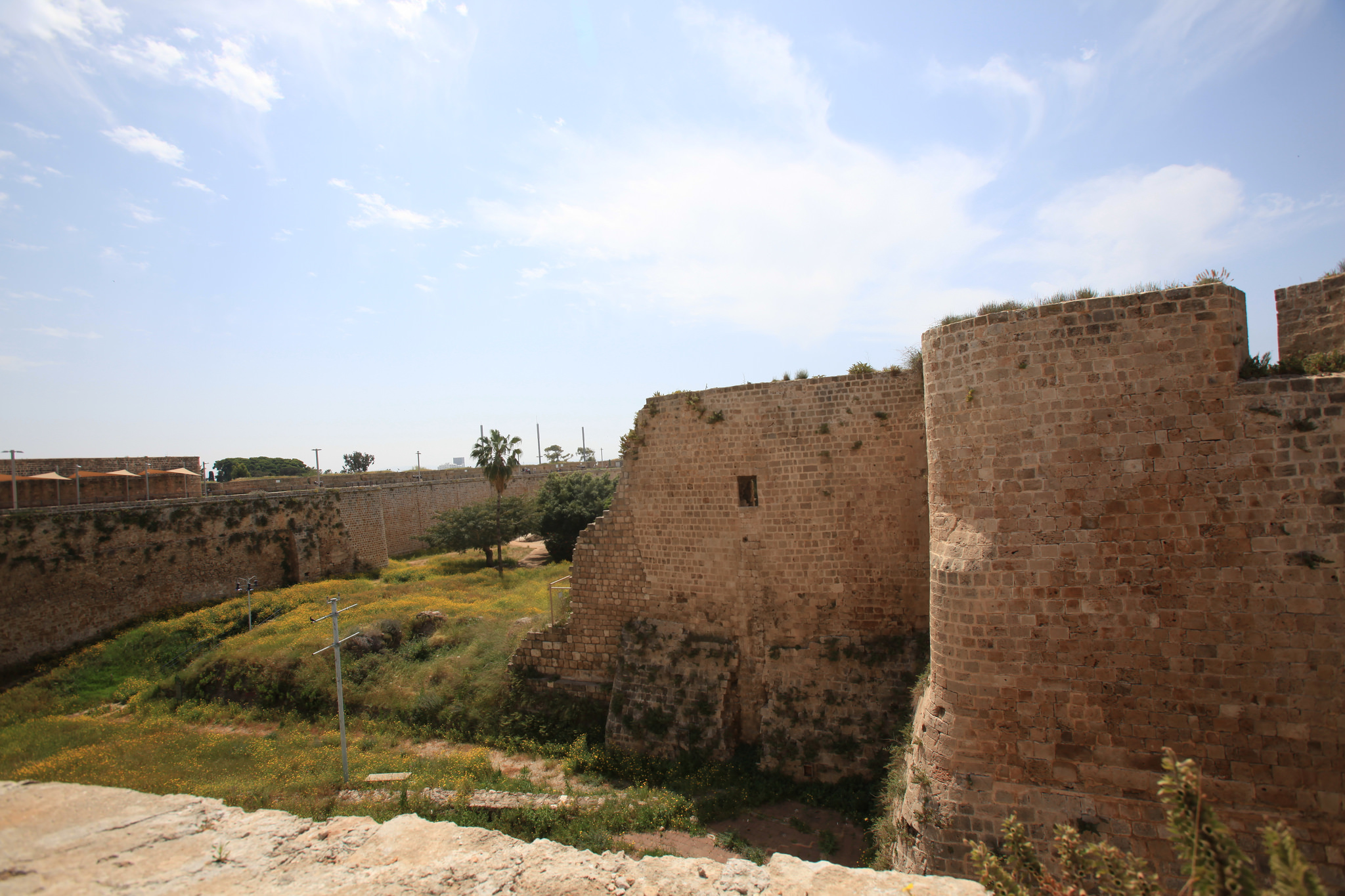
Doubles from £251.
Average highs of 26C.
11 daily sunshine hours.
Flight time from the UK to Tel Aviv
is just under 5 hours, plus a 2-hour drive.
This chain of ten islands floated incognito off the north-west
coast of Africa until 1456, when a group of Portugese sailers
became the first humans to wash up on their golden shores.
Today, they are one of the most up-and-coming travel
destinations on the planet. With year-round sunshine, and
under six hours from the UK, it’s easy to see their appeal.
When you factor in that there’s very little time difference,
meaning no jet lag, they become more enticing still. Wander
through the colourful streets of Santa Maria on easygoing
Sal and the soulful sound of morna music will drift out of the
stone archways to mingle with the smell of cachupa, a hearty
stew with its roots in Portugal and the national dish of the
island. Cultural Café serves a well-seasoned version alongside
views of the town’s main square. Sal’s big draw is of course the beaches. Harness the trade winds at Kite Beach and
experience the thrill of windsurfing, then plunge into the
aquamarine natural rock pool at Buracona and soak up
May’s glorious sunshine on the tawny sand of Ponta Preta.
Get a sense of local life at Palmeira, a pretty fishing port where
boats painted in a sorbet palette bob among lobster farms
where you can pick up a succulent bargain for the barbecue,
or head to the extinct salt flats around Santa Maria. If local
legend is to be believed, a wallow in the saline water will leave
you looking younger. Elegant, adults-only Meliá Llana is the
most upscale hotel on the island, yet still good value – another
reason we are predicting big things for these idyllic isles.
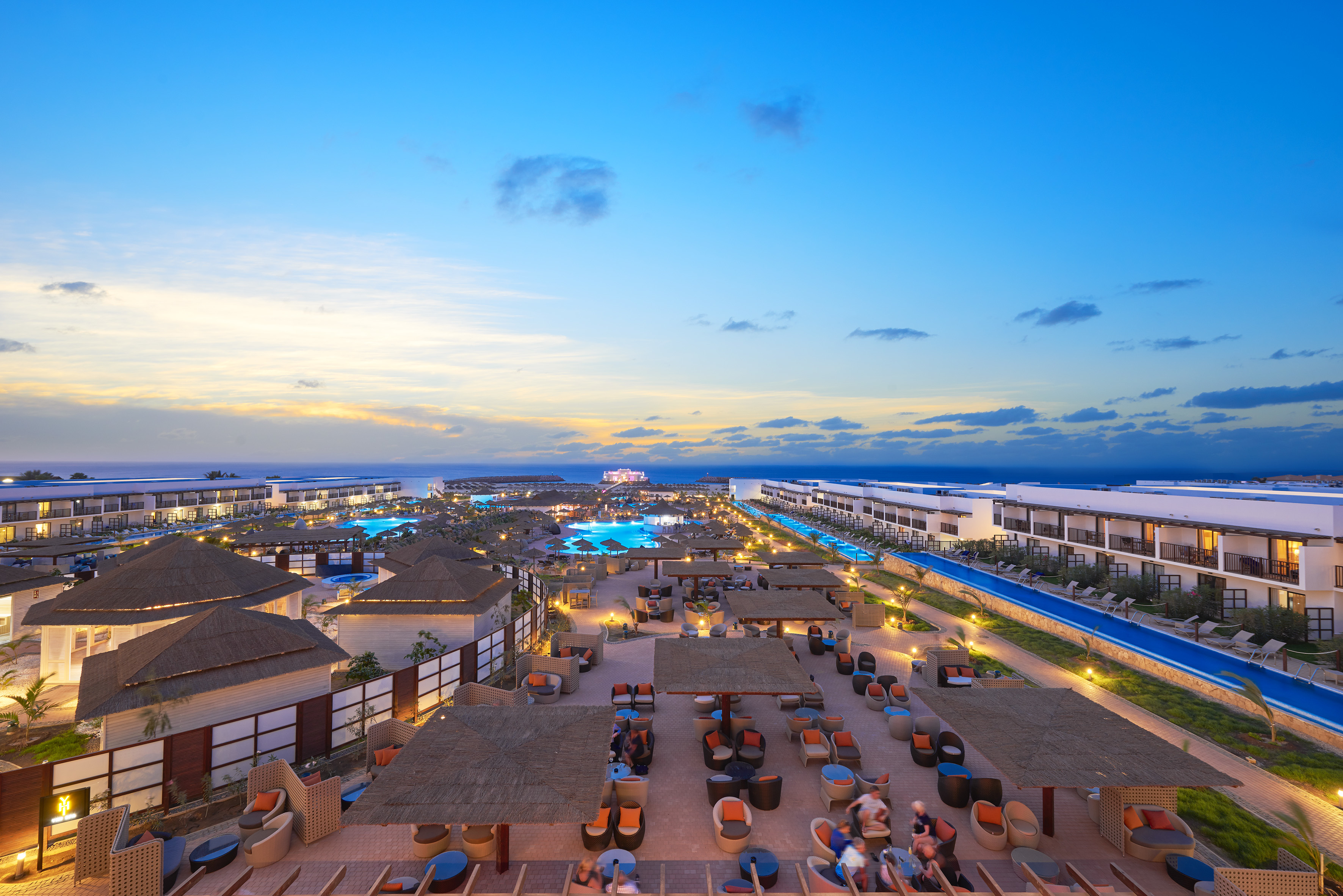
Doubles from £119.
Average highs of 26C.
8 daily sunshine hours.
Flight time from the UK to Salis around 6 hours.
A pocket-sized dream of an island, Praslin is made up of
ancient forests, bulbous granite boulders, quiet villages and
beaches with sand the texture of sugar. There are so many to
choose from: try Anse Bois de Rose for Robinson Crusoe-grade
seclusion and Anse Lazio for fabulous snorkelling a mere
coconut’s toss from the shoreline. In the heat of the day, wander
barefoot into Bonbon Plume. This thatched restaurant serves
Creole plates such as papaya salad and prawns fresh off the
grill, sizzling in a generous squeeze of lime. What makes the island unique is the Vallée de Mai Nature Reserve – 19.5
hectares of palm forest that has remained almost untouched
since primeval times and is therefore like a living time capsule.
Its 4,000-strong endemic coco de mer palms (which produce
the biggest seed in the plant kingdom) grow so tall the path
has the atmosphere of a natural cathedral. The only sound to
break the silence will be the call of the rare black parrot, the
national bird of the Seychelles. Hail the inter-island ferry and
enjoy the 15-minute hop over to La Digue, a sleepy tuft with yet
more breathtaking beaches. You’ll recognise the pristine sand
and coconut groves of Anse Source D’Argent from postcards.
It’s reached by strolling through the L’Union Estate, where you
can hire bicycles and zip past wizened giant tortoises and the
impressive plantation house on this vanilla estate. Back on
Praslin, our pick of the island’s hotels is Le Duc de Praslin on Cote d’Or Beach, which has water as clear as gin and tonic.
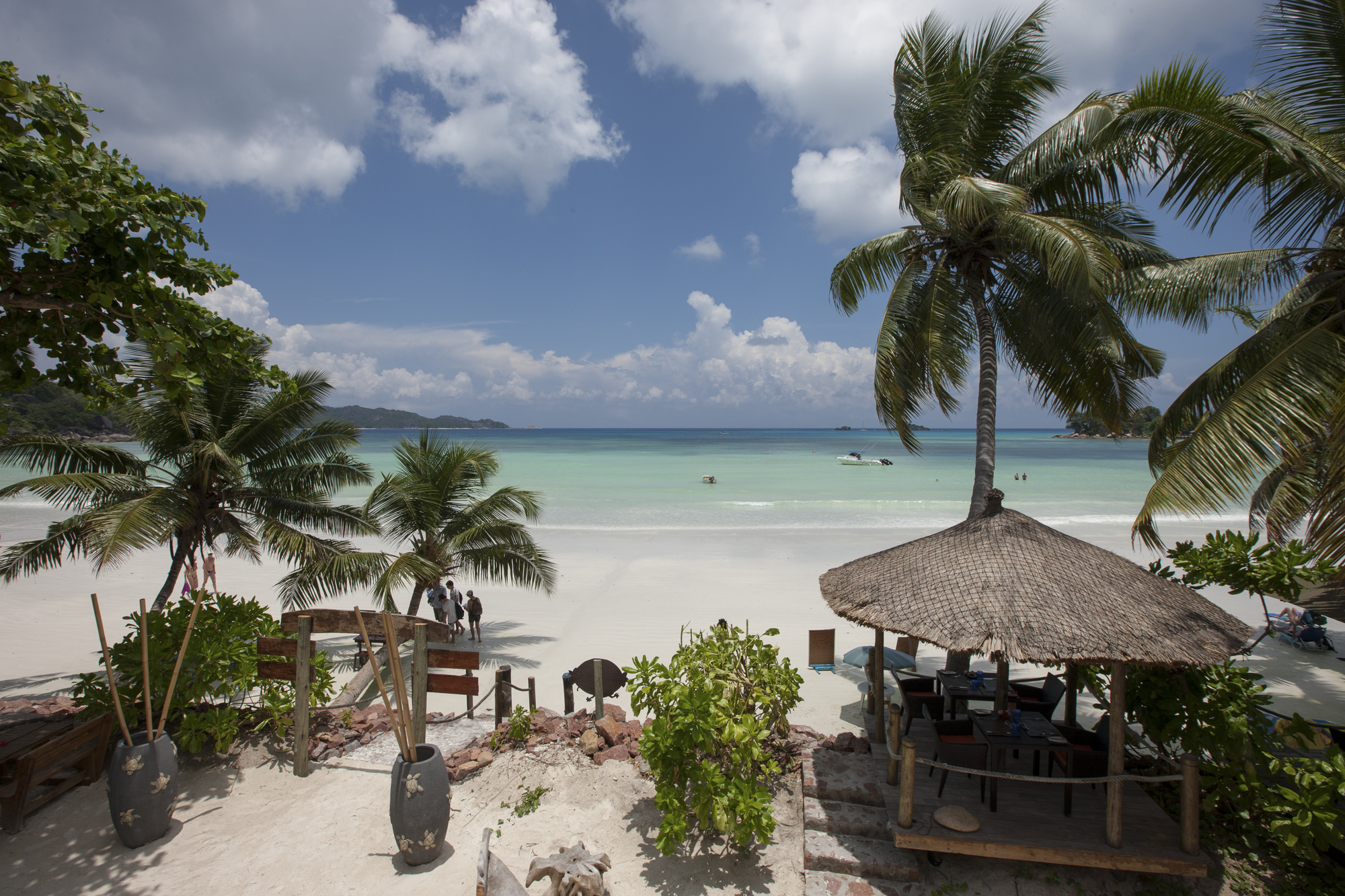
Doubles from £258.
Average highs of 27C.
9 daily sunshine hours.
Flight time from the UK to Praslin is around 14.5 hours, which includes two layovers in Dubai and Mahé.
Travel back in time to steamy Fez, a city that has barely changed
since the medieval era. The labyrinthine Fes al Bali medina is
the world’s largest car-free urban area, a beehive-like maze of
twisting alleys so narrow you can often reach out and touch the buildings on either side of the street. Hire a guide (Plan-it
Morocco’s are very knowledgeable) to discover secret gardens
scented by lemon trees and the pungent tanners’ quarter, where
craftsmen treat animal skins in huge vats before loading them
onto donkey carts. Fez is still considered Morocco’s cultural
capital and it is home to the oldest continuously operating
university in the world. The Al Attarine Madrasa on the edge of the spice and perfume souk is part of the complex, and it’s
eye-wateringly picturesque. Expect delicate Moorish arches around a courtyard mosaicked in tiles as colourful as parrotfish
scales. More impressive still is the Bou Inania Madrasa, one
of the few religious places in the country open to non-Islamic
visitors, an extravagant dream of delicately carved cedar
screens and onyx floors. Follow the smell of street food to Ville Nouvelle, the modern part of town, which is abuzz
with restaurants. Try maakouda (mashed-potato fritters) at
Cyrnoss and lamb kefta at Grillade Adil. Immerse yourself
in Fez’s past at Dar Seffarine, a 600-year-old riad with six
suites furnished with handmade treasures from local souks.
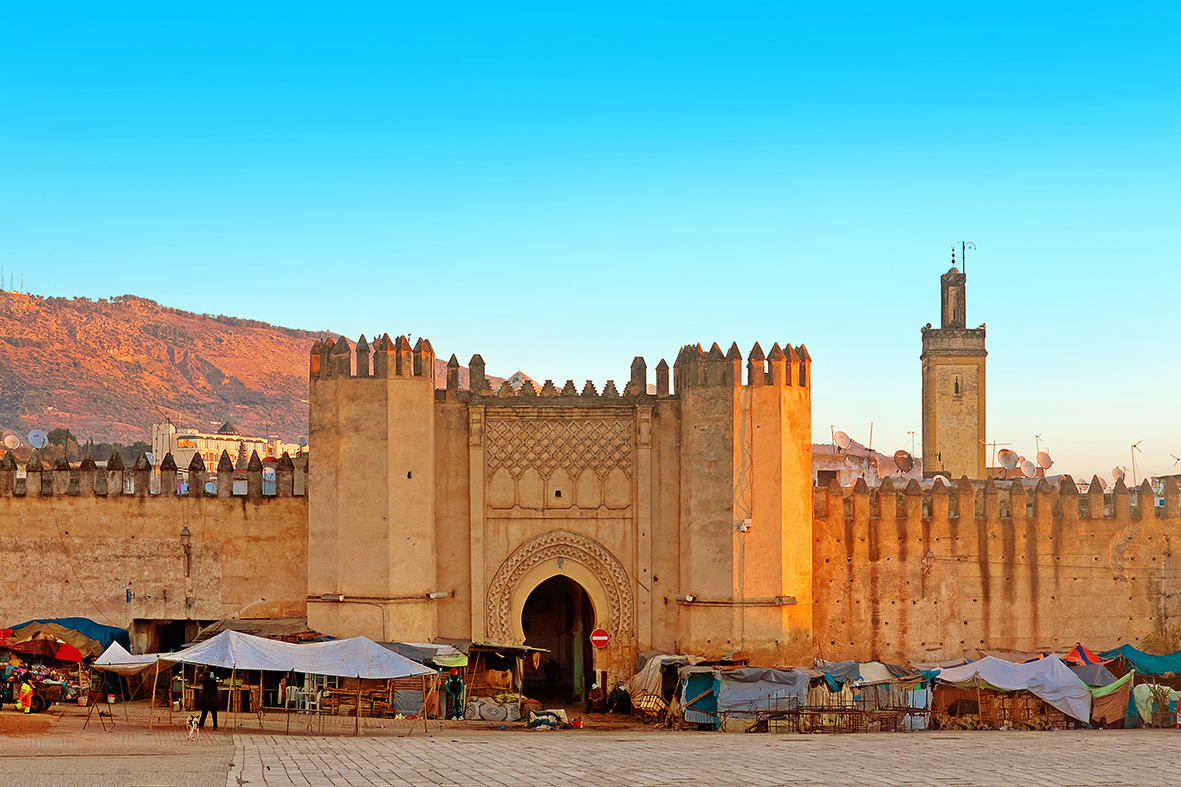
Doubles from £66.
Average highs of 25C.
9 daily sunshine hours.
Flight time from the UK to Fez is around 5.5 hrs.
With bohemian Bali enticing on one side and the Gili Islands,
renowned for the wildest party scene in the tropics (there are
famously no police on the islands) on the other, it’s no surprise
that many visitors overlook Lombok. Their loss is your gain.
This Indonesian haven is a lush tapestry of fields tilled by water
buffalo and pearl-white beaches at the bottom of dramatic
limestone cliffs, such as Tunak. In May, water temperatures of 28C are comfortable for fledgling surfers, while those more
experienced should head to Desert Point, which offers one of
the longest lefthand barrels on the planet. A spine of 13 volcanic
peaks runs along the northern tip of the island, culminating in
Gunung Rinjani, which last erupted in 1994. Book a guide and
trek to the top for magnificent views and the chance to cool off in the crystalline lake in the crater. The indigenous Sasak
culture is very prominent and villages such as Ende are still
made up of thatched lumbungs (rice barns) built on stilts, while
most weekends colourful wedding processions march to the
beat of gendang beleq drummers. Browse Ampenan Market
for vanilla, turmeric and sesame, although for mementos such
as traditional pottery kettles, which are filled from the bottom
rather than the top, you’ll need to head to Pasar Cakranegara
in Mataram. For a luxury escape, try Lombok Lodge, which sits
on a secluded peninsula in the beautiful north of the island.
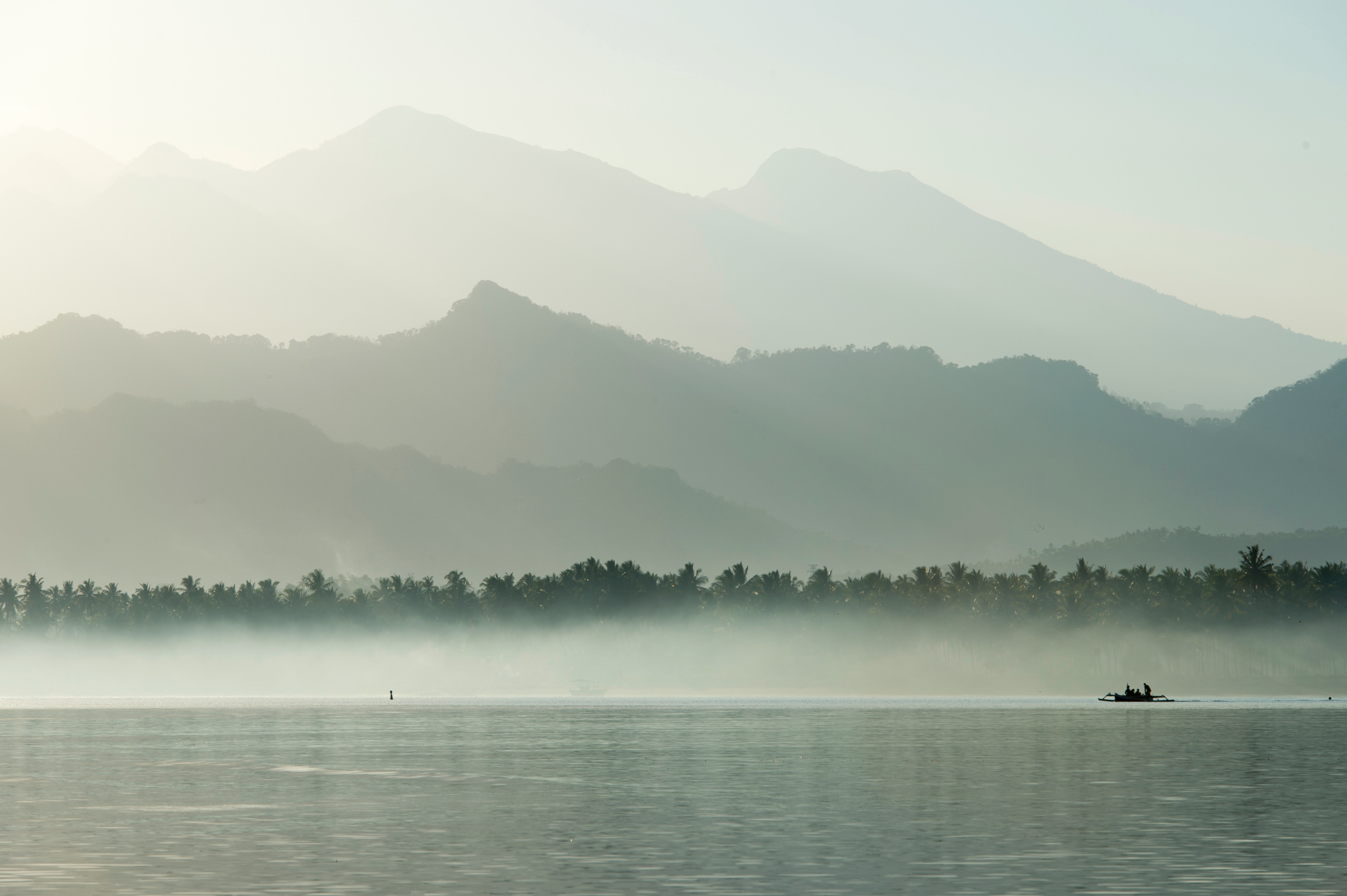
Doubles from £280.
Average highs of 31C.
8 daily sunshine hours.
Flight time from the UK to Lombok is 18 hours, with a stopover in Jakarta.
This long, thin country meanders along Africa’s south-east
coast opposite Madagascar. Despite its 2,500km of sandy
coastline, horseshoe-shaped natural harbours, coral atolls
and bushlands teeming with wildlife, it has stayed relatively
low on the tourist radar, perhaps overshadowed by its showier
neighbours South Africa and Tanzania. The north, with its
speckling of coral islands in the Quirimbas Archipelago, has
attracted a little more attention, but the south is waiting to be
explored, a dreamland of different shades of blue. There’s the
forget-me-not water that laps idyllic Bazaruto Island, which
you can cruise on a traditional dhow sailing boat, and the
grey-blue of the bottlenose dolphins with which you can swim
off the sleepy village of Ponta Malongane. Around 40km out
to sea from Maputo, the country’s capital, whose colonial
buildings and fascination with communism have whiffs of Cuba’s Havana, lies Inhaca Island, a superb snorkelling
destination. Relax on Santa Maria beach, hike on the gently
rolling hills, then mosey into the village, where Bemugi’s
beach shack serves crispy calamari and grilled king mackerel. Back on the mainland, hippos and elephants crash
through the Maputo Special Reserve, a largely
untapped safari destination, while the markets of
Ponta do Ouro are a trove of rainbow-coloured fabrics
sewn on vintage Singer sewing machines. In a remote
coastal forest further south still, Tartaruga Maritima’s eight stilted suites truly put the ‘glam’ into glamping.
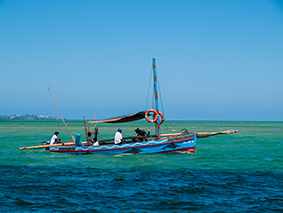
Doubles from £62.
Average highs of 28C.
8 daily sunshine hours.
Flight time
from the UK to Maputo is 16 hours, via Johannesburg.
Subscribe and view full print editions online... Subscribe